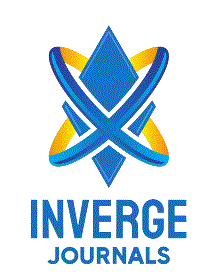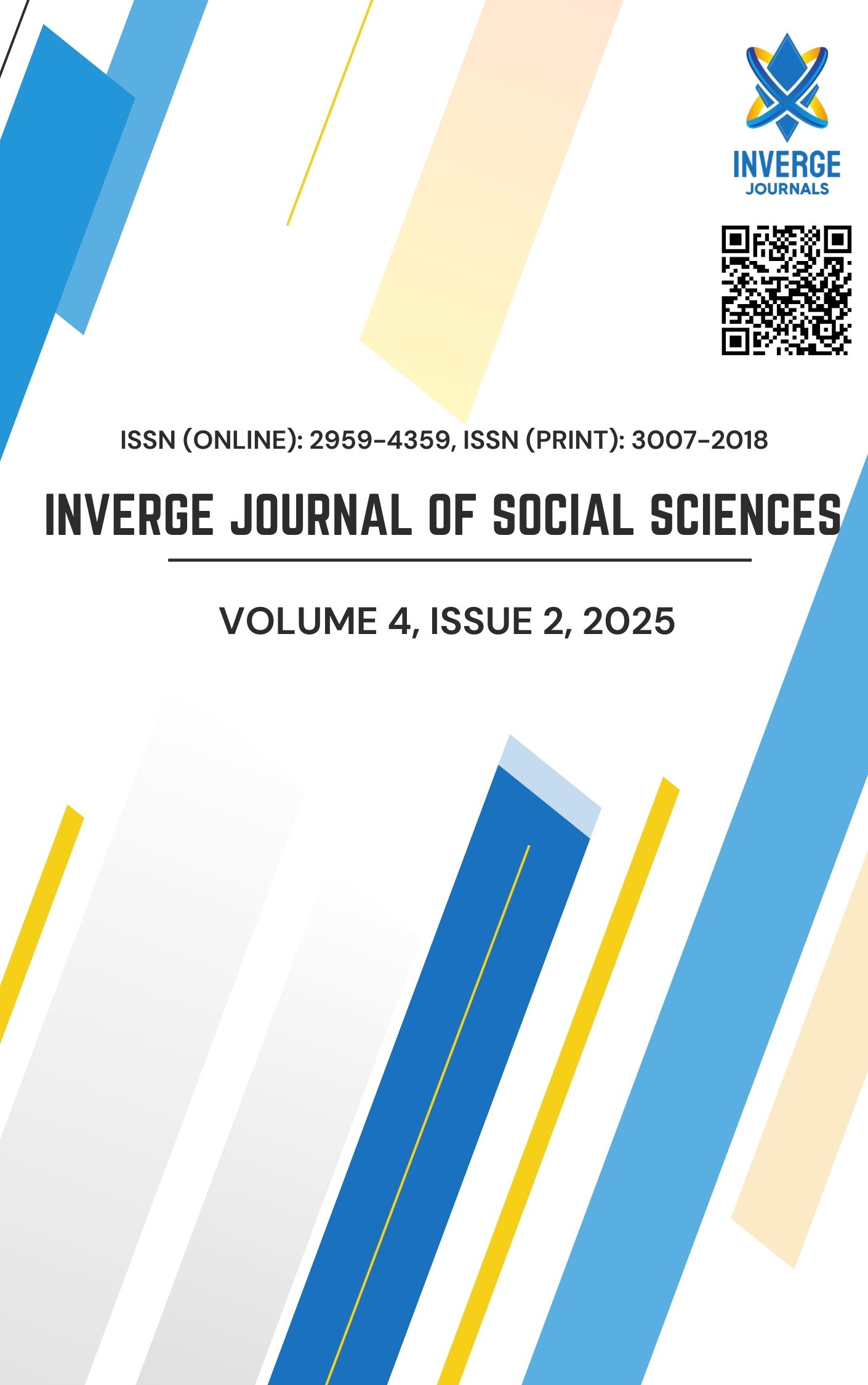A Comparative Study of Public and Private School Teachers’ Teaching Styles in Khyber Pakhtunkhwa Pakistan
DOI:
https://doi.org/10.63544/ijss.v4i2.121Keywords:
Teaching Styles, Facilitator, Expert, Delegator, Personal Model, AuthorityAbstract
Teaching style is one of the most important aspects of student-teacher interaction patterns at the classroom level, as it directly influences the dynamics of learning and the achievement of desired educational outcomes. This comparative study aimed to investigate differences in teaching styles between public and private secondary school teachers, considering how institutional structures and resources might shape pedagogical approaches. Teachers from both public and private secondary schools constituted the population for this research, and the study followed a descriptive qualitative research design to capture nuanced differences in instructional methods.
A Teaching Style Inventory (TSI) was used as the primary tool for data collection, which was pilot-tested to ensure validity and reliability before the formal data-gathering process. The collected data were analysed using frequencies, mean scores, and independent sample t-tests to compare the two groups systematically. The findings revealed that while there was no statistically significant difference between the teaching styles of public and private school teachers, the majority of educators in both sectors still adhered to traditional, teacher-centred approaches, such as lecture-based instruction, rather than adopting more student-centred, interactive methods like collaborative learning or inquiry-based techniques.
These results suggest that institutional type (public vs. private) may not be the defining factor in teaching style variation, but rather, broader educational policies, teacher training programs, and cultural norms in pedagogy play a more influential role. Given the global shift toward 21st-century skills—such as critical thinking, creativity, and student autonomy—the study recommends that teachers in both sectors actively work toward modernizing their instructional strategies. Professional development workshops, peer mentoring, and exposure to innovative teaching models could facilitate this transition, ultimately enhancing the overall quality of secondary education. Future research could explore the underlying reasons for the persistence of traditional methods and assess the impact of specific training interventions on teaching style evolution.
References
Altay, S. (2009). Beşinci sınıf öğretmenlerinin sosyal bilgiler dersindeki öğretme stillerinin incelenmesi. Unpublished master’s thesis, Çukurova Üniversitesi Sosyal Bilimler Enstitüsü, Adana.
Artvinli, E. (2010). Teaching styles of geography teachers. Electronic Journal of Social Sciences, 9(33), 387-408.
Barrett, K. R. (2004). Comparison of Online Teaching Styles in Florida Community Colleges.
Bılgın, İ., & Bahar, M. (2008). Sınıf Öğretmenlerinin Öğretme Ve Öğrenme Stilleri Arasındaki İlişkinin İncelenmesi. Gazi University Journal of Gazi Educational Faculty (GUJGEF), 28(1).
Blanch-Payne, E. D. (2001). Teaching styles of faculty and learning styles of their students: Congruent versus incongruent teaching styles with regards to academic disciplines and gender.
Grasha, A. (2002). A practical guide to enhancing learning by understanding teaching and learning styles.
Grasha, A. F. (1994). Discovering your best teaching styles. College Teaching, 42(4), 122-123.
Grasha, A. F. (1995). Teaching with Style: The Integration of Teaching and Learning Styles in the Classroom. The Professional and Organizational Development Network in Higher Education.
Grasha, A. F. (2003). The dynamics of one-on-one teaching. College Teaching, 50(4), 139-146.
Grasha, A. F., & Yangarber-Hicks, N. (2000). Integrating teaching styles and learning styles with instructional technology. College teaching, 48(1), 2-10.
Gülten, D. Ç., & Özkan, E. (2014). Ilköğretim Öğretmenlerinin Öğretim Stillerinin Çeşitli Değişkenler Açisindan Incelenmesi. Dicle Üniversitesi Ziya Gökalp Eğitim Fakültesi Dergisi, (23), 192-217.
Işıkoğlu, N., Baştürk, R., & Karaca, F. (2009). Assessing in-service teachers’ instructional beliefs about student-centered education: A Turkish Perspective. Teaching and Teacher Education, 25(2), 350-356.
Johnson, C. S. (1999). A comparison of the teaching styles of full-time and part-time community college faculty (Doctoral dissertation, Florida Atlantic University).
Kılıç, F., & Dilbaz, G. A. (2013). Fen lisesi öğretmenlerinin öğretim stillerinin çeşitli değişkenler açısından incelenmesi. The Journal of Academic Social Science Studies, 6(6), 715-738.
Ünal, G., & Akpınar, E. (2006). To what extent science teachers are constructivist in their classrooms? Journal of Baltic Science Education, 2, 40-50.
Uredi, I., & Üredi, L. (2009). Yapilandirmaci Öğrenme Ortami Üzerinde Etkili Olabilecek Bir Değişken: Öğretim Stili Tercihi. Education Sciences, 4(4), 1171-1185.
Üredi, L. (2011). Ilköğretim öğretmenlerin öğretim stili tercihleri ile demografik özellikleri arasindaki ilişki. Education Sciences, 6(1), 1129-1141.
Üredi, L., & Güven, Y. (2007). İlköğretim I. ve II. kademe öğretmenlerinin öğretim stili tercihlerine göre öğretmenlik mesleğine ilişkin algılarının incelenmesi.
Vaughn, L. M., & Baker, R. C. (2008). Do different pairings of teaching styles and learning styles make a difference? Preceptor and resident perceptions. Teaching and learning in medicine, 20(3), 239-247.
Vaughn, L., & Baker, R. (2001). Teaching in the medical setting: balancing teaching styles, learning styles and teaching methods. Medical teacher, 23(6), 610-612.
Whittington, M. S., & Raven, M. R. (1995). Learning and teaching styles of student teachers in the Northwest. Journal of Agricultural Education, 36(4), 10-17.
Wilson, S. L. (1997). The effect of two teaching styles on children's skill performance and task analysis ability (Doctoral dissertation, University of Virginia).
Downloads
Published
How to Cite
Issue
Section
Categories
License
Copyright (c) 2025 Akhtar Hussain, Dr. Farooq Nawaz Khan, Dr. Sajjad Hussain, Wafa Muhammad, Asif Ahmad Kamal

This work is licensed under a Creative Commons Attribution-NonCommercial-ShareAlike 4.0 International License.
The work is concurrently licensed under a Creative Commons Attribution-NonCommercial-ShareAlike 4.0 International License, which permits others to share the work with an acknowledgement of the authorship and the work's original publication in this journal, while the authors retain copyright and grant the journal the right of first publication.









